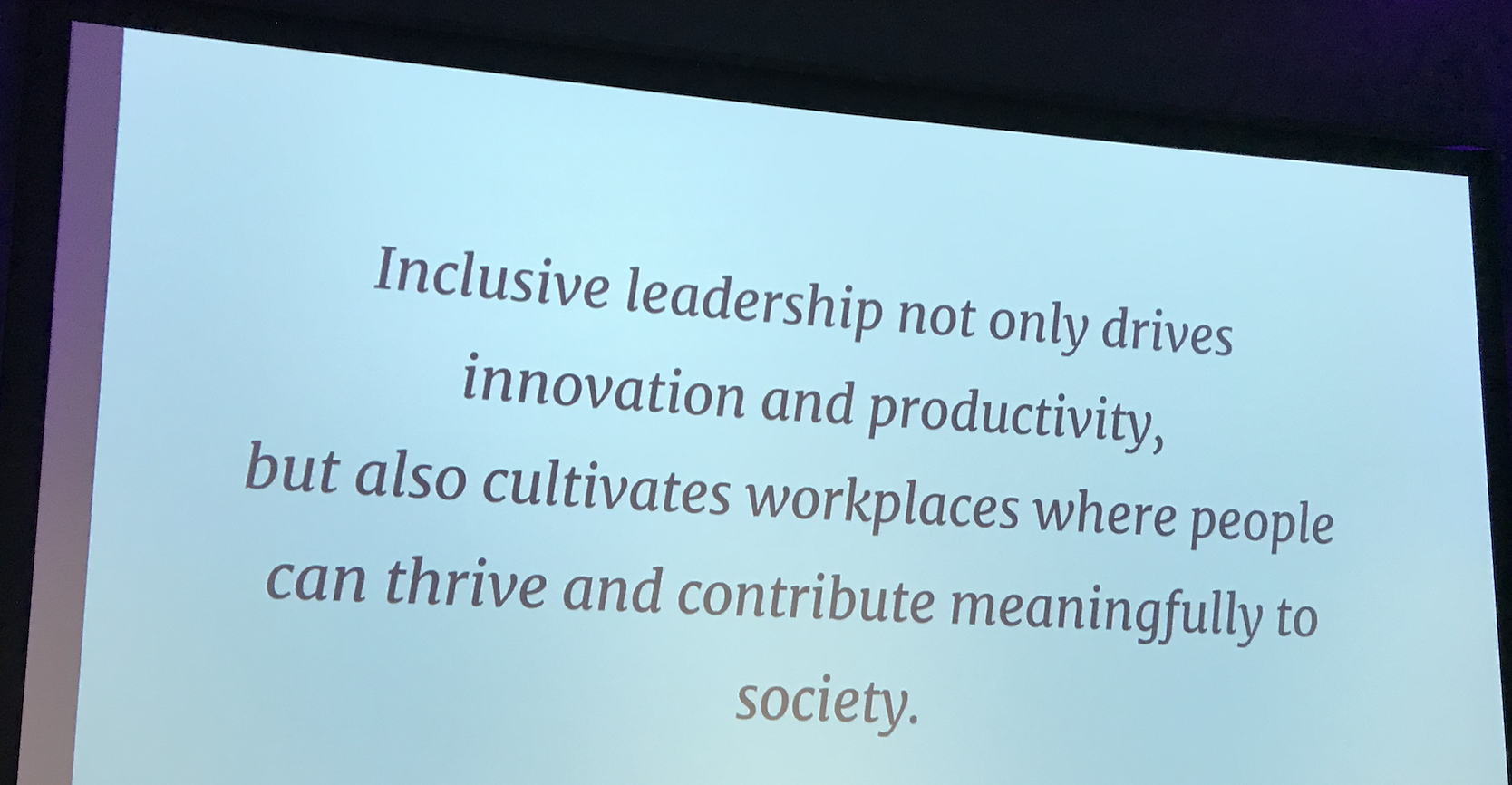Within the next decade, nearly a quarter of the UK’s manufacturing workforce - more than 600,000 people - will reach retirement age. And at least three-quarters of them are men.
That statistic, shared at the Women in Manufacturing (WiM) conference I attended recently, stopped me in my tracks. While it’s specific to one sector, it tells a much wider story: in many traditionally male-dominated industries, a whole generation of leaders and technical experts is going to be leaving the workforce. Who’s ready to replace them?
For too long, talent pipelines in these sectors have drawn from a narrow pool. When experience walks out the door, if they’re not already considering this, organisations will have to do more than recruit - they’ll have to reimagine who work is designed for, and how inclusive their leadership actually is.
Inclusive leadership isn’t just a ‘nice to have.’ As one of the speakers reminded us, it’s a business advantage. Why? Because people who feel they belong contribute more fully, share ideas more openly, and stay longer.
And that last point matters - a lot. According to the Society for Human Resource Management (SHRM), it’s estimated that replacing a salaried employee can cost, on average, between six and nine months of their salary once you factor in recruitment, onboarding and lost productivity. Multiply that across teams or departments, and the financial case for building environments where people choose to stay becomes pretty compelling.
We’re all different
Different people value different things. Flexibility, wellbeing, recognition and a sense of purpose came up from different speakers at the WiM conference. For some, that can mean quiet spaces to recharge. For others, it means career paths that don’t force a choice between progression and balance. The message is clear - if you want to attract and retain the next generation of talent, one-size-fits-all leadership won’t cut it.
Fairness, trust and open communication are the foundations of inclusion. But they’re also the things people most often say are missing. Creating cultures where people genuinely feel heard and valued isn’t a ‘soft’ issue - it’s a real lever for performance, innovation and retention.
And that’s where inclusion connects directly with change, communication and wellbeing.
When people feel heard, trusted and supported, they navigate change with more confidence and less resistance. Inclusive leadership builds the kind of communication where people speak up, share ideas and challenge assumptions - and that openness creates the psychological safety that underpins wellbeing. These aren’t separate conversations; they’re part of the whole system that drives performance, resilience and growth.
As I listened to the WiM presentations, I couldn’t help but think of the leaders I work with who are already working in this way. They ask different questions, make space for different voices, and see the benefits coming through engagement, productivity and profit.
So, if your organisation is staring at its own version of that ‘600,000 problem,’ I’m wondering if it’s time to ask: are we creating an environment where people want to stay and lead?
If you’re rethinking how inclusion shows up in your leadership team, let’s have a conversation. I’m seeing some brilliant, practical approaches emerging from across different sectors that are worth learning from.
Inclusive leadership isn’t about being nice - it’s about being commercially prepared for the future that’s already coming down the track.

